
David Del Grande

Audio By Carbonatix
Clad in his trademark look of a casual button-down shirt and baseball cap that sports his Pillsbury Wine Co. logo, Sam Pillsbury looks like a fun uncle ready to sip on a beer at the family barbecue.
He has an affinity for giving hugs and speaks with bold confidence that tends to draw attention in a room. His New Zealand accent hints at his well-traveled past.
Pillsbury’s father was a successful corporate executive who saved his money, which allowed his family to move often and call idyllic spots home. Pillsbury was born in the U.S., spent some of his childhood in St. Croix and was 13 when his family settled in New Zealand in 1960.
There, he found his passion for film. But he also discovered a bias that prepared him for what he would face in his future career.
Phoenix, make your New Year’s Resolution Count!
We’re $14,000 away from our End-of-Year campaign goal, with just a five days left! We’re ready to deliver — but we need the resources to do it right. If New Times matters to you, please contribute today to help us expand our current events coverage when it’s needed most.
“The feeling was that anything made in New Zealand was crap and that it had to come from England or America. It was the same with movies. Things have changed a bit since then,” he says. “But I was used to this type of attitude.”
Pillsbury persevered, submitting his films to competitions in an effort to prove skeptics wrong. In 1982, “The Scarecrow,” a comedy horror flick starring the late John Carradine that Pillsbury co-wrote and directed, became the first New Zealand feature to be accepted into the Cannes Film Festival.
Pillsbury went on to do more than 30 projects in film and television, splitting his time between New Zealand and the U.S. In the late ’80s, he started spending more time stateside and moved back to his birth country.
Then in 1999, Pillsbury sipped on a glass of Arizona chardonnay that pointed him to his next great creative challenge: Growing the next big thing in an obscure, harsh desert.
“When I tasted that wine, what was exciting about it to me was that it told me a story that almost nobody knew, which is that you can make wonderful wine here,” Pillsbury says of the Dos Cabezas WineWorks white.
That glass changed Pillsbury’s life forever. But whether its effects on the wider Arizona industry can endure have yet to be seen.
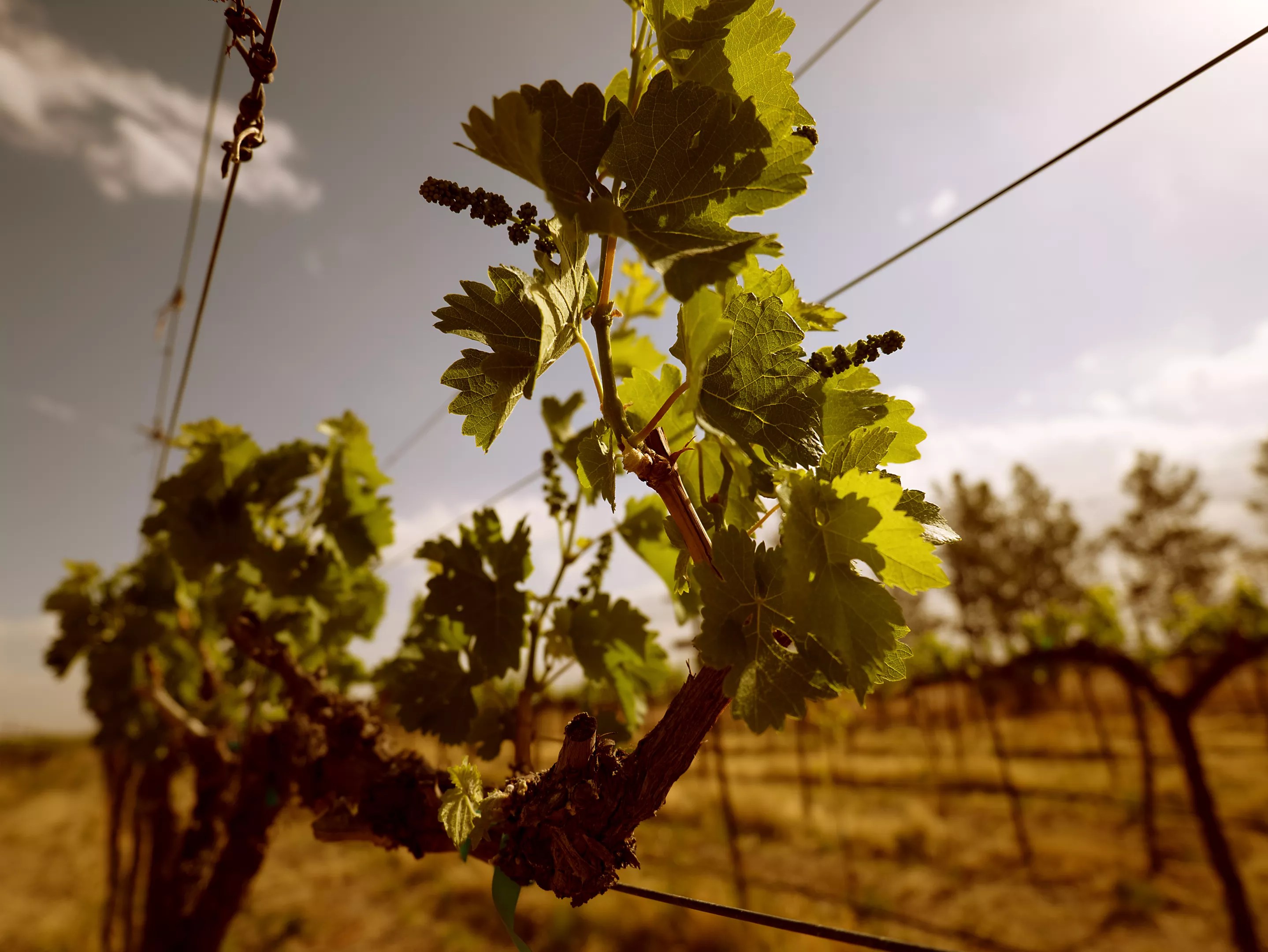
In 1999, there were 12 licensed wine producers in the state. In 2023, there were 156.
David Del Grande
A budding industry grows
Arizona wine started as a tiny industry. From a handful of vineyards bloomed an agricultural giant for the state. The industry here is now worth $4.24 billion, according to an impact study by the National Association of American Wineries.
In 1999, there were 12 licensed wine producers in Arizona. In 2000, the industry produced 405,000 gallons of wine, according to the U.S. Alcohol and Tobacco Tax and Trade Bureau. As of late 2023, 156 winemakers produced more than 700,000 gallons of wine.
Wine visitors spent $241 million in 2023, up almost sevenfold since 2011, per the Arizona Office of Tourism. And wine-related employment has ballooned 500% since 2011. Wine in Arizona now supports a labor force of 2,430 people who together earned $115 million in 2023.
In the early days, almost no one saw such growth potential. Only the most passionate and stubborn stalwarts of Arizona wine bet it all on the burgeoning industry.
When Pillsbury fearlessly charged into a then-obscure Arizona wine realm by planting his first vines in 2000, the filmmaker-turned-winemaker established himself as one of its pioneers.
“People would come up to me, look me straight in the face and say ‘You must be fucking crazy growing grapes in the Arizona desert,'” he says. “Never ever once was I threatened by that comment because I knew they were wrong and they were stupid. But it did concern me that we had this big prejudice thing to get through.”
A pioneer retires
Pillsbury is now 78. He knows that most people his age have been retired for a decade or more. After 25 years earning his place on the ground level of a now-thriving Arizona wine industry, he wants to join them.
“I thought I could go on forever… but it’s starting to get hard,” Pillsbury says. “I don’t have the time, money or energy.”
Last December, the award-winning founder of Pillsbury Wine Co. put his entire operation on the market. This includes his Willcox vineyard and winery, equipment and tasting room in Cottonwood, which closed in mid-April. His Willcox tasting room remains open.
Pillsbury is among the class of early power players who set the bar, like Page Springs Cellars founder Eric Glomski and Callaghan Vineyards’ Kent Callaghan, the state’s most tenured winemaker, whose family planted their Southern Arizona vineyard in 1990. Pillsbury entered the industry by partnering with the late Al Buhl, the founder of Dos Cabezas WineWorks, who is considered among the early visionaries who made Arizona a wine state.
Over the past decade, the Arizona wine industry has gone from budding to flourishing. The proof is in the accolades from international competitions, a college wine program that has graduates helming their own wineries and a global rock star winemaker touting the state’s wares.
Pillsbury leaving the business raises the question: Are colleagues of that first impactful generation soon to follow? If so, is there a solid second generation to carry the mantle?
New and future Arizona winemakers face challenges. Farming makes for a rough life. People’s alcohol preferences are fickle. And the sheer amount of dollars it takes to run a winery is dizzying. Yet the winemakers who forged this thriving industry in the desert hope a new generation will emerge to usher the state’s wine industry into the future.
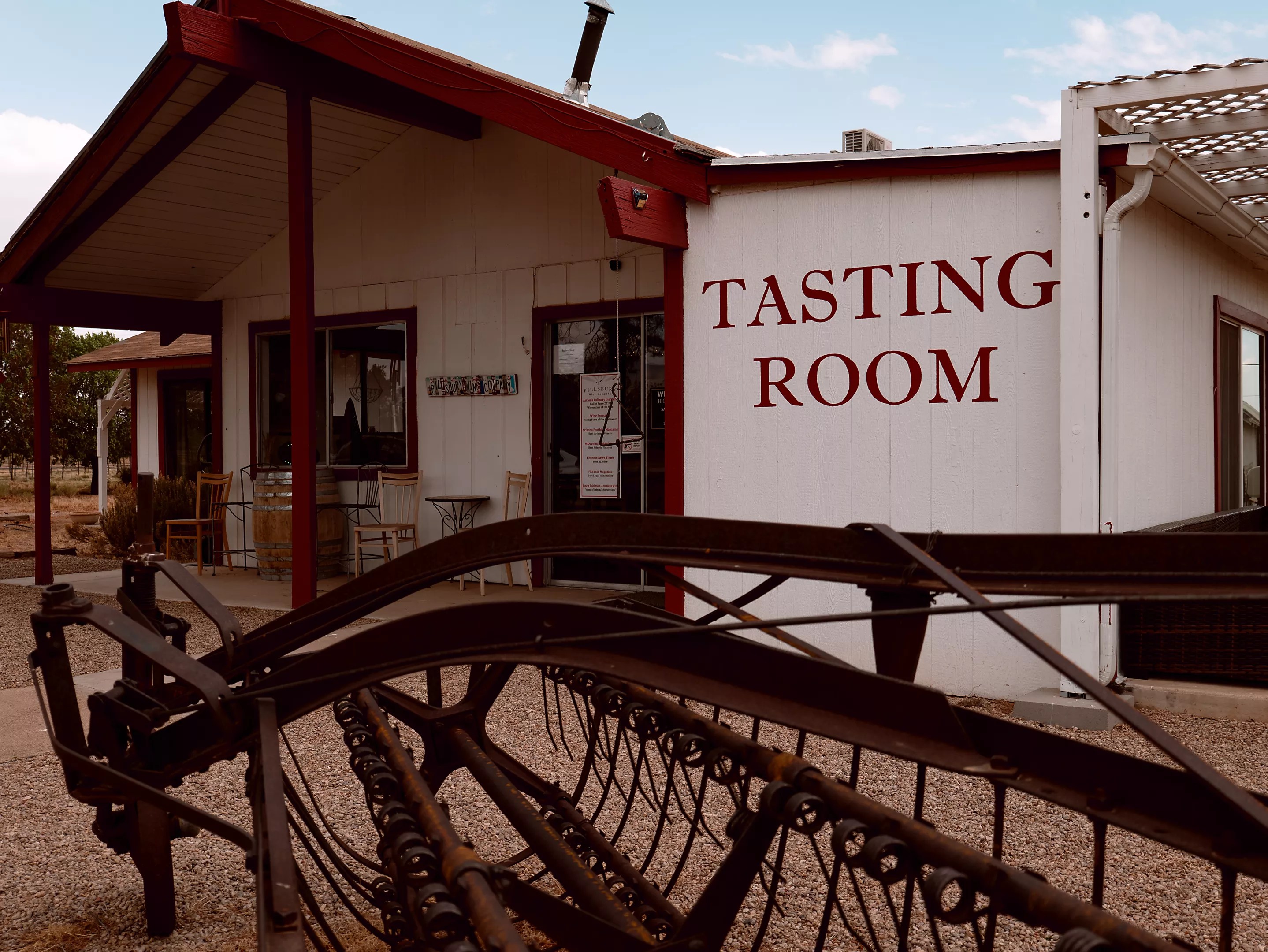
While the whole operation is up for sale, the Willcox tasting room remains open to visitors on weekends.
David Del Grande
‘We’re on the trail they blazed’
Despite the challenges new winemakers face, Michael Pierce, winemaker for his family’s Bodega Pierce and Saeculum Cellars, is optimistic.
He called Pillsbury’s impending departure a “closing of a chapter” in Arizona wine history. But promising young winemakers are poised to step into his boots.
“It’s the passing of an era, and there are a lot of people he affected and those people will continue to move forward with what he’s done,” Pierce says. “Arizona wine will evolve with those people and I see that as a positive. We’re on the trail they blazed.”
Pierce, 42, is in the new class with that responsibility. With his parents, Barbara and Dan, in their 70s, he’s starting to have delicate discussions about whether it’s time for them to slowly step back and enjoy retirement.
The demanding work that farming requires, in addition to the long hours spent in their Willcox vineyard – sometimes alone – is a concern, especially as Pierce’s father gets older. He says there is some pressure to continue the family business, which turns 15 this year and features tasting rooms in Willcox and Clarkdale.
“It was always our hope from day one, to establish something to be here in perpetuity,” Pierce says.
In January, Pierce joined the University of Arizona as an extension agent in commercial horticulture, assisting farmers in Yavapai County. Prior to that, he was the director of viticulture and enology at Yavapai College and launched its wine program.
At Yavapai College, graduates earn a two-year viticulture certificate on a campus that features a teaching vineyard and an onsite winery.
In 2014, the college opened the Southwest Wine Center, where students learn how to operate in a tasting room environment, doing sales and customer service while pouring wines they made.
In recent years, students have churned out award-winning wines that garnered accolades from prestigious local and national competitions.
While leading the program, Pierce saw more than 100 graduates earn degrees, with about 25 entering winemaking careers. Omphalos Winery, 1764 Vineyards and Vino Stache Winery are among those helmed by graduates making a splash.
Vino Stache owner and winemaker Brooke Lowry Ide enrolled at Yavapai College when she was 32. She launched her winery in 2019, and opened her tasting room in Elgin last year. Ide’s wines can be found in Phoenix restaurants and wine shops today.
Ide, 44, says she feels a responsibility to uphold what her predecessors created.
“The Kent Callaghans and Sam Pillsburys of our industry, they are my mentors and peers and I want to help continue what they built, which is the legacy that is Arizona wine,” Ide says. “I hope we can pick up the slack and make them proud.”

Pillsbury talks wine and cinema with a group of Arizona grape aficionados who used to frequent Pillsbury’s Cottonwood location, which shuttered in April.
David Del Grande
Pounding the pavement
After that fateful glass of Dos Cabezas WineWorks white 26 years ago, Pillsbury embraced Arizona wine like few people before or since.
He spent the next several years working with Buhl and studying the art of tending vineyards and making wine. In 2006, he started the wine company that bears his name, bought land across the road from Buhl’s and planted his new vines in 2007.
At the time, most didn’t believe that wine was produced in a state known for dusty deserts and cactus. The words “Arizona wine” were met with mockery or disdain.
Pillsbury pushed his label by pounding the pavement. Today, he is among the few local winemakers with first-hand stories, some as recent as 2015, about how brutally difficult promoting Arizona wine was.
He recalls a restaurateur who touted supporting local wares but walked away wordlessly when Pillsbury tried to offer him a taste. At a festival where Pillsbury was pouring, a passerby said he’d tasted an Arizona wine 10 years earlier, and it was so awful that he swore never to try another.
Even the early wins were fraught. Pillsbury says his was the first Arizona wine to make it into Costco, where he sold bottles but was not allowed to pour it, for insurance reasons. Pillsbury would set his wines on a table, place positive reviews in plastic sleeves on stands and step away. When curious customers approached the table, he’d engage them in conversation.
“If you think it’s hard to sell Arizona wines when people can taste?” he asks. “Try doing it when you can’t.”
Yet the public came around. One stubborn drinker told Pillsbury he drank only beer. Years later, he saw Pillsbury at a tasting and reminded him how Pillsbury “had a go at him” in response to his comment. The man had since become a wine fan.
“He said, ‘You have changed my life,'” Pillsbury recalls. “Sometimes it works.”
An extrovert with a knack for chatting up strangers and an affinity for cursing, Pillsbury’s ability to draw laughter – and occasional disapproval – propelled him to become one of the industry’s most recognizable faces and personalities.
Some tell Pillsbury that his accent helps him pull off the occasional F-bomb in mixed company. It’s been a natural ice breaker in an environment perceived to be stuffy.
Pillsbury was pouring at an event when a group of women walked in looking uncomfortable, like they didn’t belong. He waved them over and delivered this opening line: “Hi, ladies. Would you like to try some wine? Because I’ve got some really fucking good wine here.”
“All of a sudden, their bodies relaxed because they weren’t with an elitist snob,” Pillsbury says. “I was a person like them.”
While Pillsbury remains down-to-earth, his bottles have landed in high places. He submitted his wares to the prestigious San Francisco Chronicle Wine Competition, where highly respected critics granted validation in the form of multiple awards.
Initially, Pillsbury began submitting his wines in an effort to gain respect from the industry’s top dogs – the strategy he employed as a New Zealand filmmaker. Over the years, Pillsbury’s wines have continued to earn accolades from the Chronicle and other competitions.
Pillsbury talks about a newer winemaker who was fascinated by his stories of back in the day.
“He had no actual experience of trying to sell wine to an audience that thought he was a fucking idiot,” he says. “I don’t think most of the people whose first vintages are post-2018 have a really good understanding of what an incredibly hostile market we faced.”
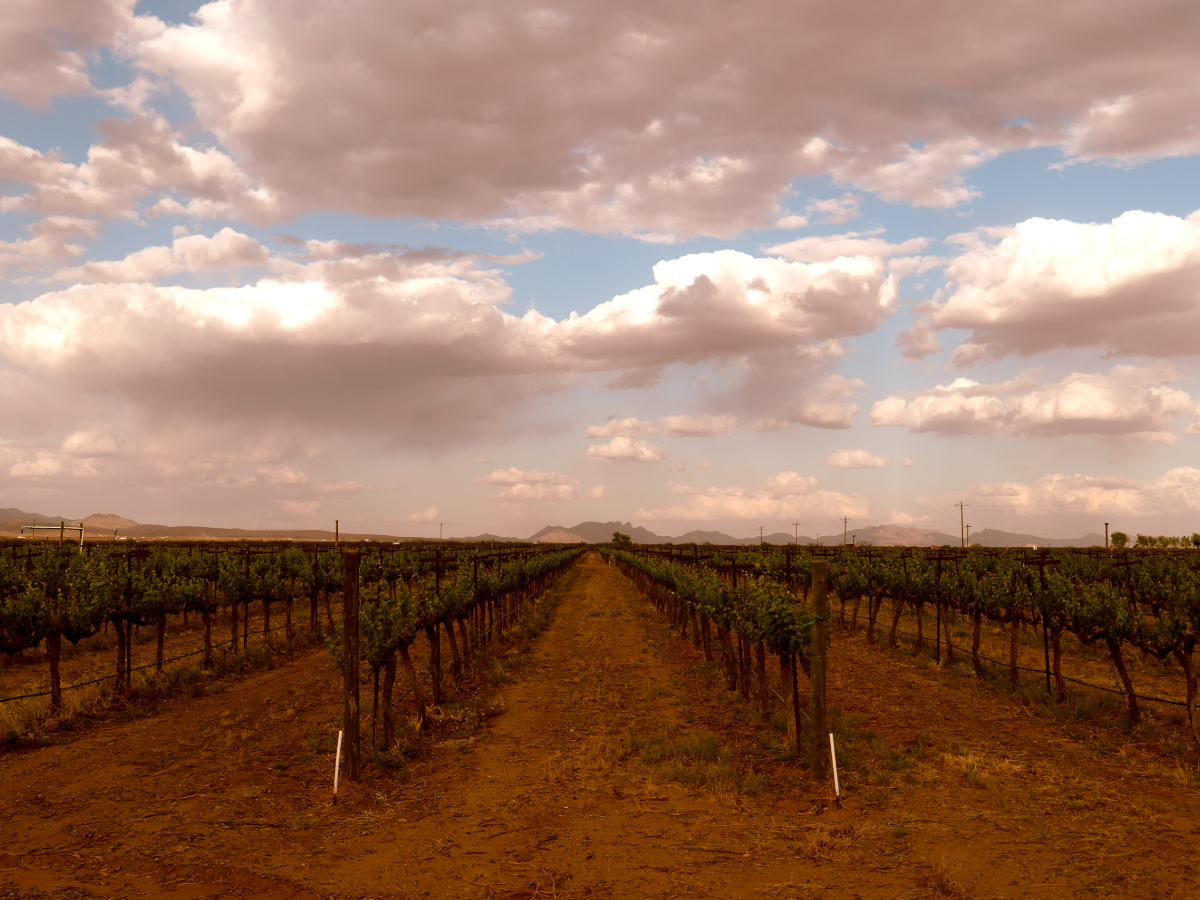
Growing grapes in the Arizona desert is no easy task.
David Del Grande
Perception wasn’t the only challenge
While the commercial climate of Arizona wine has improved, the actual climate hasn’t.
The heat stretches for eternities. The thunderstorms would make Napa duck and cover. It hails. High winds sweep through vineyards. The altitude is breathtaking. It monsoons.
Pillsbury recalls harvesting grapes at 3 a.m. to dodge the heat and driving his tractor in triple-digit temperatures. Last summer, Pillsbury fainted while working in the vines with a colleague. The heat and altitude will strike down even a seasoned pro.
“All of us are very brave and innovative,” he says. “We’re blazing a new trail every time we plant a new variety.”
Once the wine is made, a winemaker needs customers. This also, is becoming trickier.
A younger generation of winemakers needs a younger generation of wine drinkers. The Baby Boomers and Generation Xers who have grown up with American wines are slowly being replaced by drinkers who prefer a cocktail, a hard seltzer – or a legal joint.
Gen Z members of legal drinking age spend just 15% of what Baby Boomers spend on wine, says Corey Turnbull, the owner and winemaker at Rubrix Wines, in Cottonwood. He also raises the connection to marijuana legalization: a study in the Journal of Cannabis Research found that states see a slump in wine sales of 8 to 10% once they legalize weed.
At 45, Turnbull is a young veteran of the Arizona wine industry. He got his start in 2006, and started making wine in 2007. In 2021, Turnbull started Rubrix and opened his tasting room on the main drag in Old Town Cottonwood. Turnbull takes a minimalist approach that allows the Arizona grapes to show off their natural character, a strategy that has earned his label several awards for wines such as his 2023 Saguaro, a grenache noir.
Turnbull is also the head winemaker at Page Springs Cellars, which in April hosted a tasting event in Downtown Phoenix geared to Millennials and Gen Z drinkers. The email containing the invitation politely asked older wine drinkers to pass the notice on to their kids or grandkids of legal drinking age.
For Page Springs, Turnbull has been making low-ABV wines, another move to appeal to the age group and introduce them to wine. The founder, Turnbull says, “is trying to approach the younger generation with something outside of White Claw.”
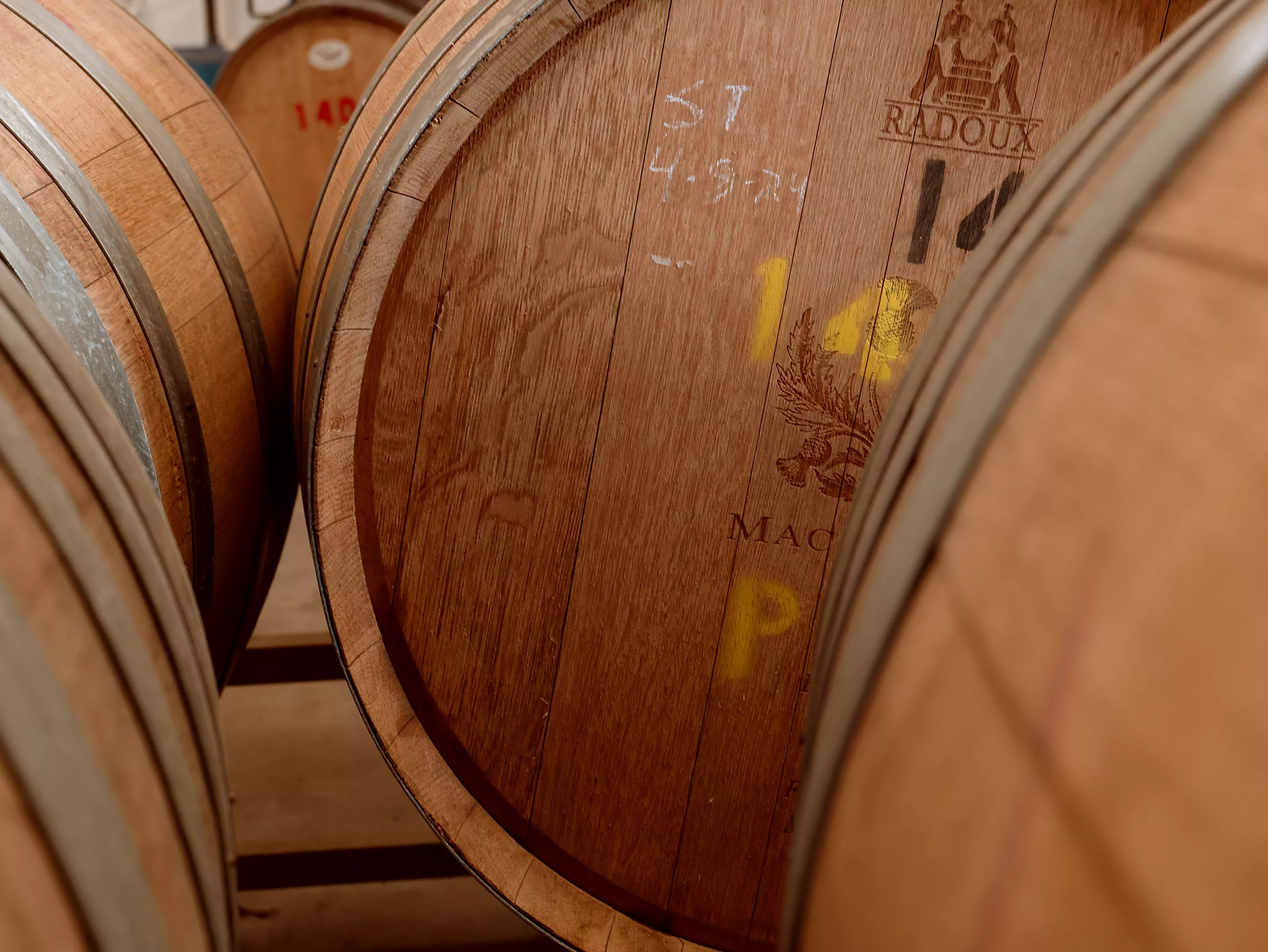
Current Arizona laws restrict production, often dissuading investors from backing small wineries in the state.
David Del Grande
Money is an obstacle
In times when buying a bottle of wine becomes an economic conundrum, opening a winery or vineyard isn’t a feasible option for most.
Pillsbury made his wine at other facilities before 2014, when he opened his own winery. Back then, it cost $200,000 to get it going. That total didn’t cover vines, marketing and some other crucial ingredients. But that number was manageable.
The figures now are much steeper. Turnbull, for one, estimates that startup cost for even a small winery in Arizona would be $3 to $4 million. That would cover planting a 40-acre vineyard, building the winery and producing 8,000-9,000 cases a year.
“If you’re a blue-collar kid whose parents didn’t leave you with a silver spoon, it’s difficult to build generational wealth,” Turnbull says. “It’s a very hard business to make money in.”
Restrictive Arizona laws don’t help. Wineries must produce fewer than 20,000 gallons a year if they want to sell and ship their wines directly to consumers, retail shops and restaurants. Wineries that produce between 20,000 and 40,000 gallons are required to go through a wholesaler or sell their wines to consumers from their premises.
Wineries that produce more than 40,000 gallons are required to sell through a wholesaler, eliminating direct-to-consumer options. They may have tasting rooms, but only at the winery, not remotely.
This would mean the closure of popular Old Town Scottsdale tasting rooms like Arizona Stronghold Vineyards, Carlson Creek Vineyard, LDV Winery and Los Milics Vineyards, should they exceed the 40,000-gallon limit.
In this structure, the larger a winery gets, the more privileges it loses.
By comparison, states known for their powerful wine presence like California, Oregon, Washington and even Texas, do not impose such production limits.
The numbers were arbitrarily set years ago, when the industry was so small that the possibility of producing 40,000 gallons was deemed too high for any winery to reach. The idea was to give small rural wineries a fighting chance against industrial wineries.
Over the last few years, Arizona winemakers have been lobbying to increase the limits. Distributors have opposed any increase.
The limits on production in an industry based on an economy of scale discourage most investors from taking the plunge that would allow the small producers to grow and new ventures to take root. If this changed, Turnbull believes it would be more appealing to young people as a viable, even lucrative, career.
But for most, the choice to be an Arizona winemaker is driven by pure passion.
“I haven’t made much money making wine,” Turnbull says. “It’s just something I love doing.”
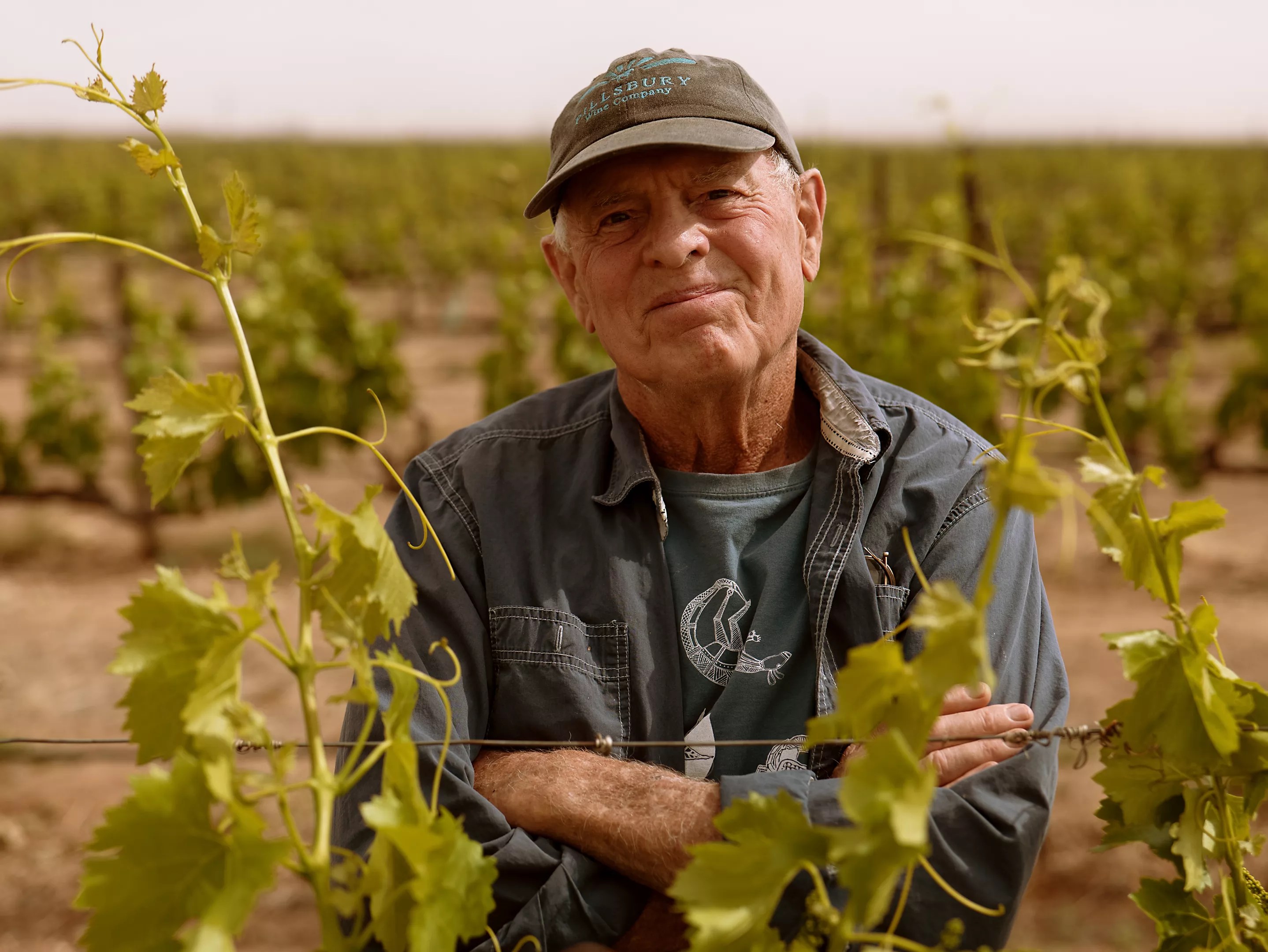
While the next generation strives to fill his boots, Pillsbury says he hasn’t thought too much about his legacy.
David Del Grande
Life after wine
Pillsbury doesn’t have specific plans on his post-wine life. First, he needs to sell his empire and is unsure of the current market and economic climate’s impact.
He spends his time between Willcox and Phoenix, the home of his wife and CFO of the company Melanie Bermudez, their son Luc, 19, and his mother-in-law Geny Dignac, a famed sculptor.
Pillsbury says nothing would make him happier than to pass his operation to someone who could take it to another and better level with a gorgeous tasting room, new varieties in the vineyard and more award-winning wine, with or without his guidance from a distance.
Recently, he’s been getting a lot of questions about his legacy. He says he never thought about it.
“I hope I’ve been a decent, good person,” Pillsbury says. “I’ve been more interested in introducing people to the pleasure of wine and getting them interested than making money.”